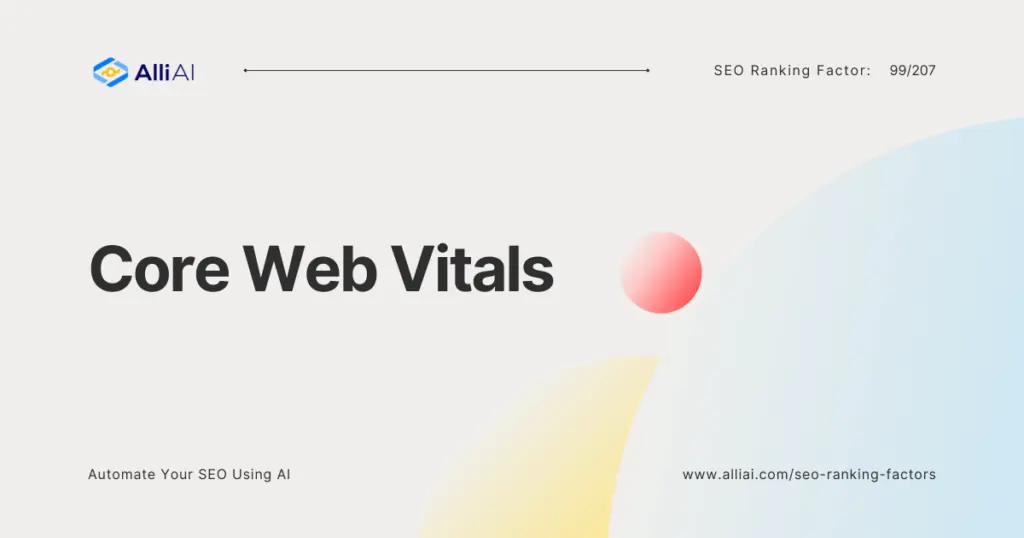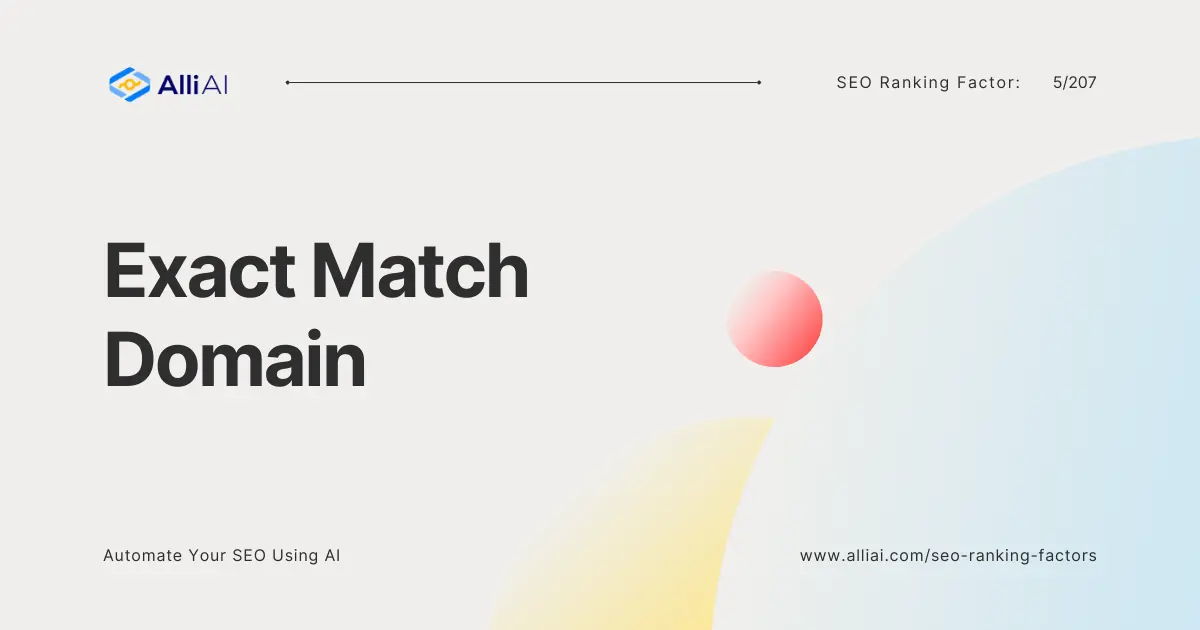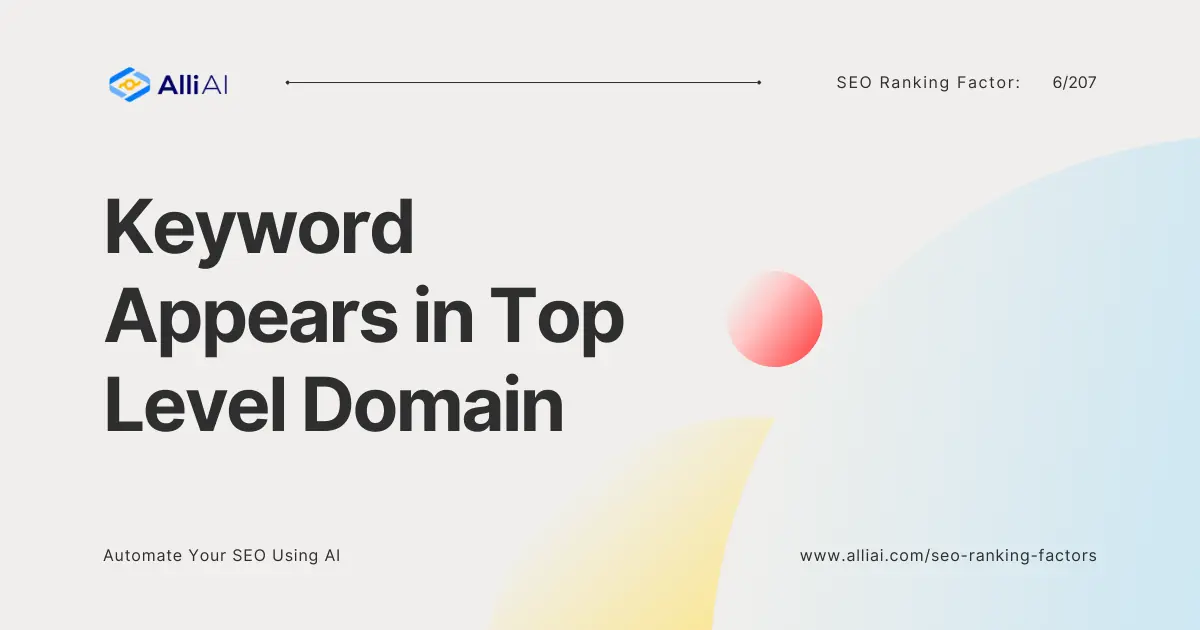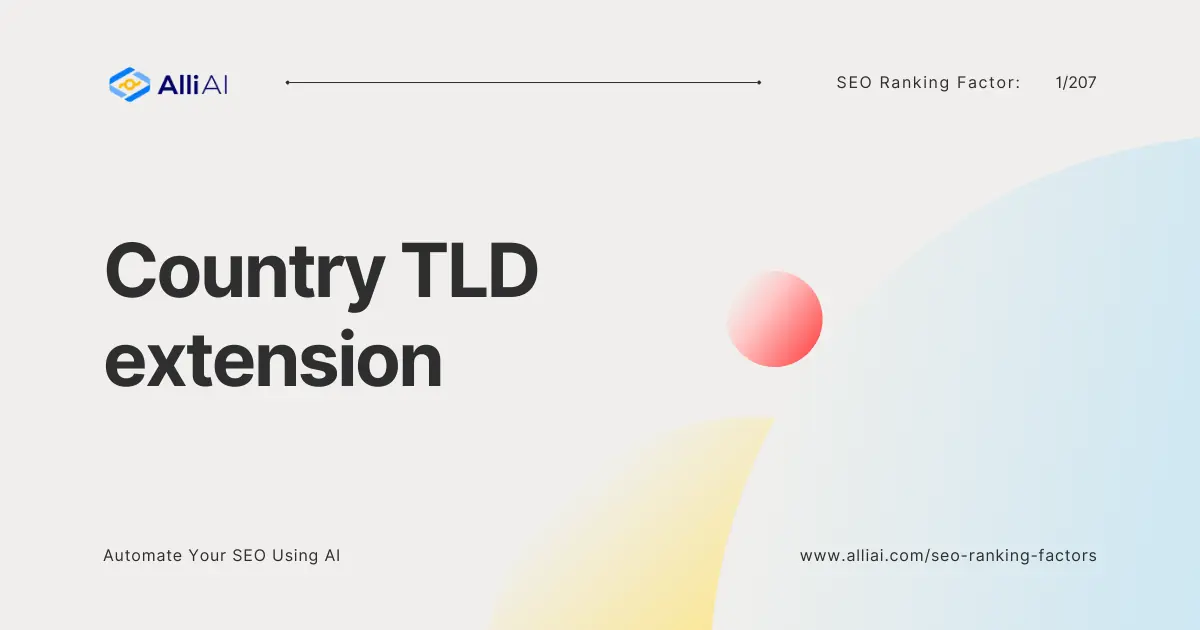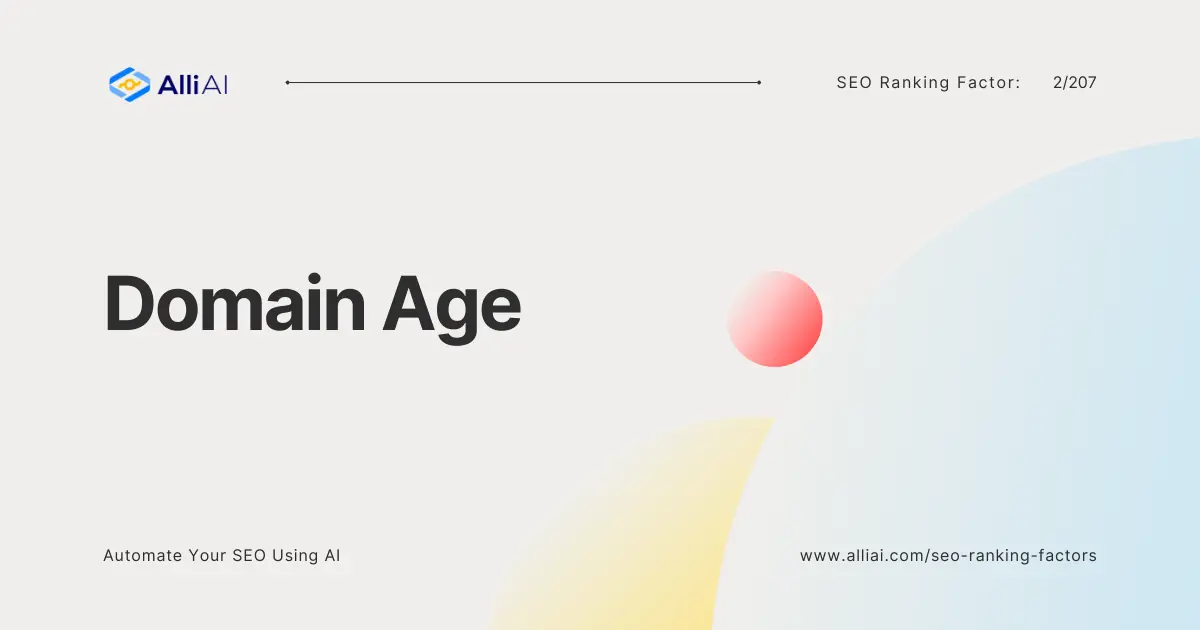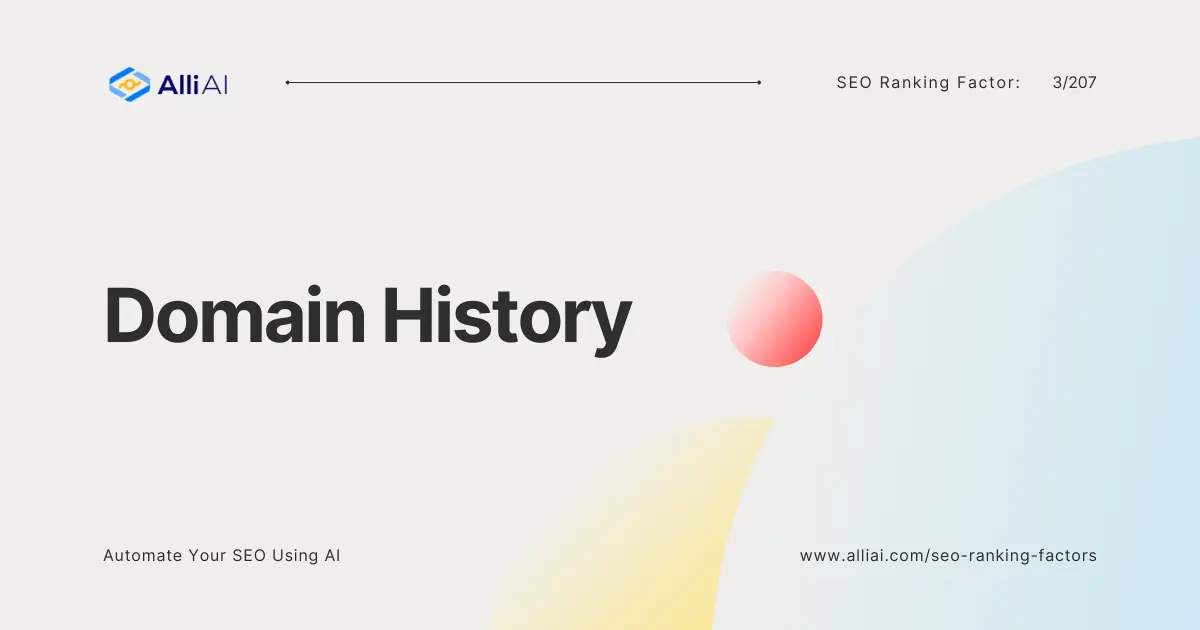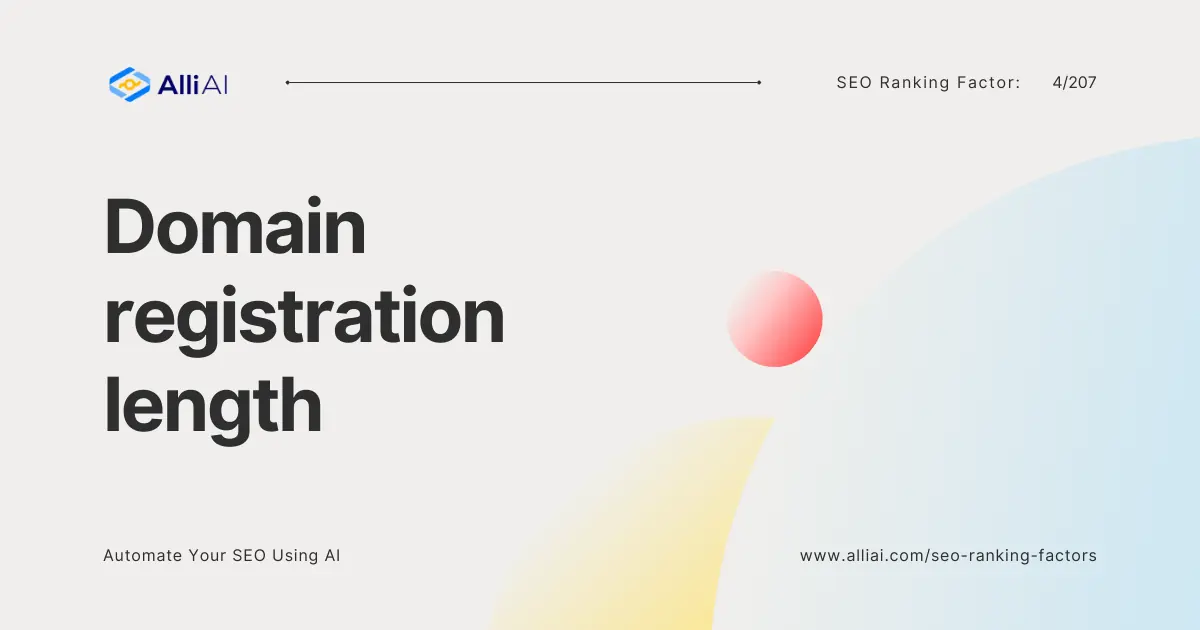Explanation of Core Web Vitals
Core Web Vitals (CWV) are a subset of Google’s Web Vitals initiative, focusing on three key aspects of user experience (UX): loading performance, responsiveness, and visual stability. Think of them as the vital signs of your website’s health from the user’s perspective.
- Largest Contentful Paint (LCP): Measures how quickly the largest, most meaningful content element on the page renders. This could be a hero image, a primary text block, or another key visual. Aim for an LCP of 2.5 seconds or less to ensure a positive first impression.
- First Input Delay (FID): Tracks the time from when a user first interacts with a page (e.g., clicking a button, tapping a link) to when the browser can actually respond. An FID below 100 milliseconds provides a seamless, responsive feel.
- Cumulative Layout Shift (CLS): Measures the amount of unexpected shifting content that occurs as a page loads. Elements moving around after the initial render can be disorienting. Strive for a CLS score of 0.1 or below.
Why is Core Web Vitals Important in SEO?
Google has explicitly stated that Core Web Vitals are a ranking factor. But the primary reason for their importance is simple: they directly impact the experience your users have. A fast, responsive, and visually stable website leads to happier visitors. Happy visitors are more likely to explore your content, engage with your brand, and potentially convert – all signals that search engines use to determine whether your site is worthy of top rankings.
How Core Web Vitals Affects SEO
1. Largest Contentful Paint (LCP): A slow LCP rate can significantly increase the bounce rate, as users tend to abandon a site that takes too long to load. Sites with an LCP of 2.5 seconds or lower are likely to rank better as they provide a faster, more satisfactory user experience.
2. First Input Delay (FID): A delay in page responsiveness can frustrate users, leading to a poor user experience and potentially lower conversion rates. Websites with an FID of 100 milliseconds or lower are rewarded with higher rankings.
3. Cumulative Layout Shift (CLS): High CLS scores may result in users accidentally clicking on the wrong buttons due to unexpected layout shifts. This can decrease user satisfaction and increase bounce rates, negatively affecting a site’s SEO performance.
How Can Alli AI Help with Core Web Vitals?
Alli AI directly targets the technical pain points behind slow Core Web Vitals scores. Our site speed optimization tool is specifically engineered to help your SEO agency or development team dramatically improve these metrics:
- Turbocharged LCP: We employ cutting-edge image optimizations, intelligent asset prioritization, and advanced CDN strategies to ensure the largest content element on your clients’ pages loads almost instantly. This enhances user experience and helps combat bounce rates that harm SEO.
- Frictionless FID: Our AI analyzes and optimizes JavaScript execution, eliminating long tasks that delay responsiveness, and minimizing third-party script interference. This ensures that when a user clicks or taps something, there’s minimal delay, leading to improved engagement and potential conversions.
- CLS Eradication: We meticulously track and manage dynamic content, identify issues with webfonts, and enforce strict image dimensions to prevent unexpected layout shifts. A stable, predictable layout is essential for user trust and positive UX signals critical for SEO performance.
Beyond the Basics
Alli AI doesn’t just offer the expected CWV optimizations. Our platform stands apart by also addressing often-overlooked SEO benefits related to site speed:
- Boosted Crawl Budget: Search engines allocate resources to crawl your clients’ sites. Faster sites earn more frequent and deeper crawls, allowing new content to be indexed quicker and maximizing SEO potential.
- Server-Side Rendering (SSR): We ensure even sites built on complex JavaScript frameworks are easily digestible by search engine bots. SSR is often crucial for modern web apps but can lead to poor SEO if not managed intelligently.
- Security & Compliance: A secure site not only builds trust with users but can positively impact search rankings. We automatically enforce HTTPS, smart redirects, and adhere to the latest web standards.
FAQ
What is the best way to measure Core Web Vitals?
You can measure Core Web Vitals using tools like Google’s PageSpeed Insights, Chrome User Experience Report, and Web Vitals Extension. Additionally, Alli AI provides a comprehensive analysis tailored to SEO implications.
Can improving Core Web Vitals guarantee better search rankings?
While improving Core Web Vitals is crucial and can significantly impact your site’s user experience and performance, it’s one of many factors Google uses to determine rankings. However, it’s increasingly becoming a distinguishing factor in competitive niches.
How often should I check my Core Web Vitals?
It’s advisable to regularly monitor your Core Web Vitals, especially after making significant changes to your website. Continuous monitoring will help ensure that you maintain optimal site performance and user experience.
Conclusion
Core Web Vitals represent a fundamental shift towards prioritizing user experience in SEO. As these metrics become increasingly important in Google’s ranking algorithm, it’s essential to leverage tools like Alli AI to measure, monitor, and improve your website’s performance. Optimizing for these factors not only helps in SEO but significantly enhances the user experience, leading to better engagement, higher retention, and ultimately, increased conversions. Start focusing on Core Web Vitals today to future-proof your SEO strategy and stay ahead in the digital space.
